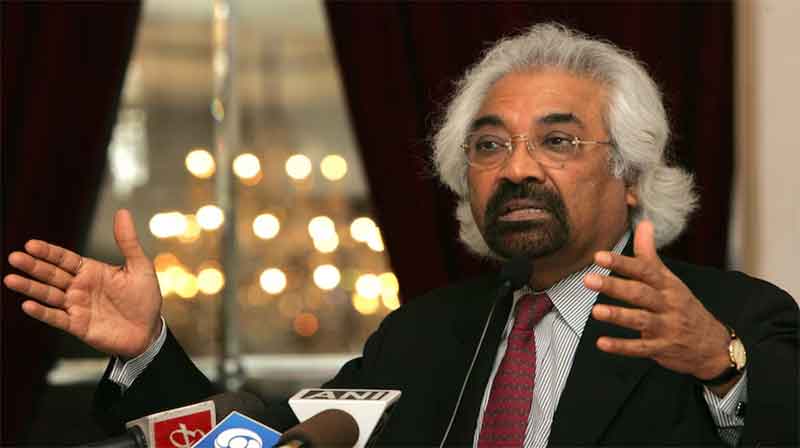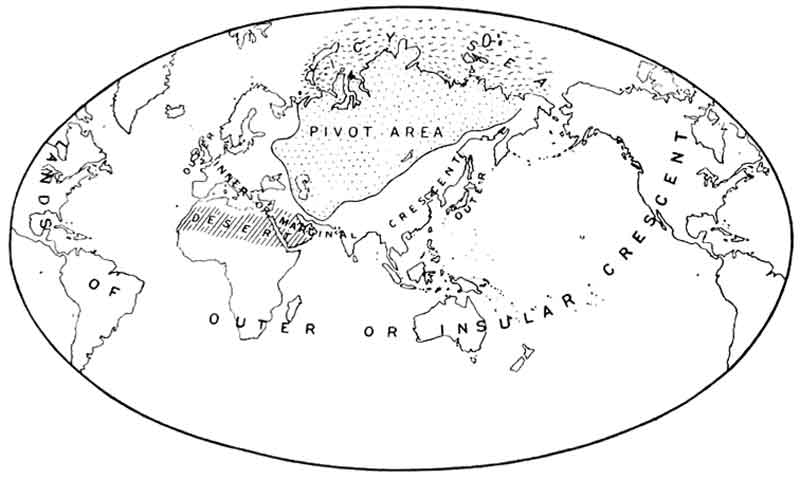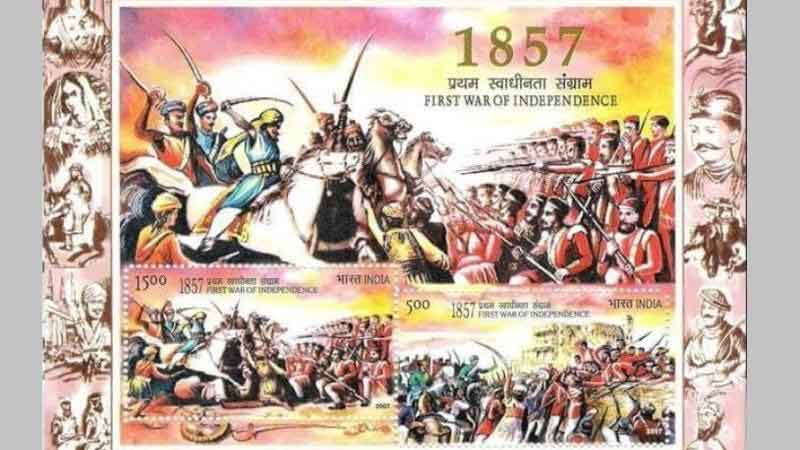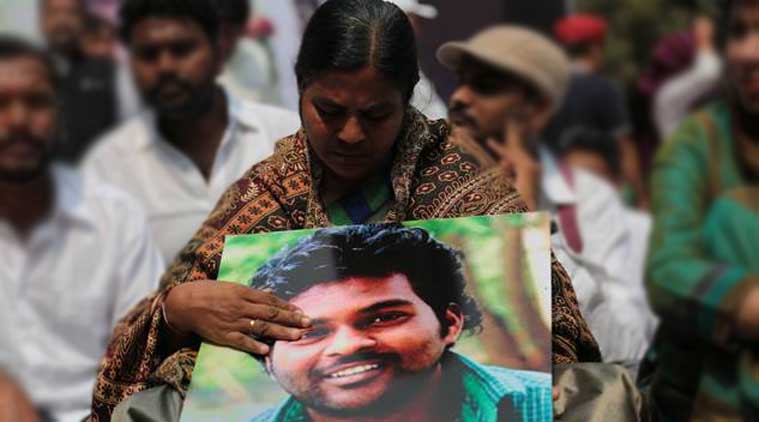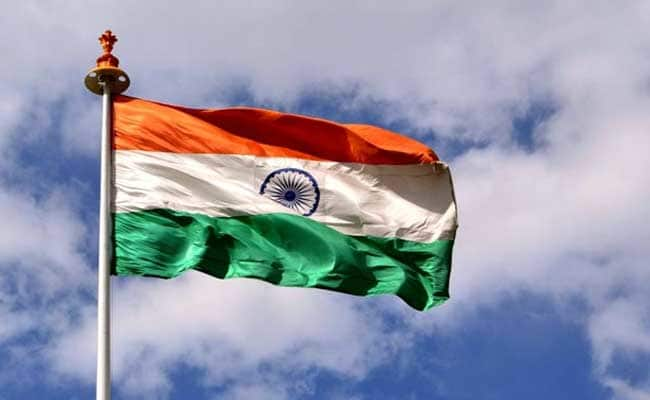
A sacred fire was lit, around which priests who had come from Tanjore performed rituals and chanted hymns. ‘Tryst with destiny’ was delivered by Jawaharlal at a time stipulated by Hindu astrologers. Following that, when the whole world fell asleep, India woke to freedom[1]. The hegemonic rituals that were associated with the foundation of the republic and the travesty that got prioritized needed to be narrated. Even in the contemporary times, successors to this performative idea of India, which is hegemonic in its essence, are overly privileged to be casteless or rather caste-blind, reiterate the same inclusive nationalism without any scope for internal democracy. Old wine in new bottles.
The transition from the de facto ethnic democracy to a fundamentally prejudiced de jure majoritarian democracy has been a smooth and uncomplicated task for the right wing. It is to be noted that there has not been any visible opposition to the majoritarian ideals that are being pampered on a very large scale. Ethnic democracy is not possible without ethnic nationalism which has been an outcome of Indian renaissance.
European renaissance, which retrieved the glory of a period that had been triumphing before the advent of papacy, is seen as the re-emergence of the Greeko-Roman culture. Interestingly, blind application of the European chronology collided with the orientalist dogma of a glorified Indian history, in which the civilization had been mistakenly viewed as passive and meditative, is a fundamental error to read Indian renaissance. Does one need to narrate the fact that ancient India is ridden with ignorance, caste, and, to be specific, brahmanism? Re-emergence of the glorified vedic period, which had been weakened by the ‘Islamic invasion’, was precisely the core ideal of the period. ‘Go back to vedas’ is mere manifestation of the same. So is the ‘Vande Mataram’.
Coming to the present times, the idea of India is more or less the same or has not been subjected to any rigorous change. Perceived threat of the Abrahamic monotheism, Christian proselytism, and absence of a Hindu church were the concerns of the Hindu elites, predominantly brahmins. Today, the flag-bearers of these concerns are rampant, ranging from the left to liberal to the right. Majoritarian liberals are essentially the upholders of the idea of India which misleadingly demonstrates hegemonized ‘inclusive nationalism’.
Majoritarian liberals, who always pamper the majority, have been antithetical to anything which threatens the hegemony of the ‘idea of India’. The idea of getting Dalit- Bahujan- Muslim movements onto acommon platform challenging the core of the brahmanical state is seen as deviation from the idea of India;. However, it is received with obscene glee in academia too. Let’s just keep aside the Hinduism v/s Hindutva narrative when the elephant in the living room is brahmanism.
Any identity assertion from the oppressed classes is called upon to clarify whether ‘you are with us or with them’. Are you on the side of secular liberal or on the side of fundamentalist right? The problem of the right is quite understandable. But, the frustration of the liberals with the movement is perplexing as well as self defeating. One should rather remind them to ‘live and let live’.
Aditya Nigam observes that the ‘dalit politics embodies a dogged resistance to the binaries set up by modern politics in the era of nationalist struggle and subsequently in the contemporary moment. It refuses to get incorporated into either term of the binary of nationalism/colonialism and secularism/communalism. It represents in its very existence, the problematic third term that continuously challenges the common sense of the secular-modern’[2]. From this premise, one could conclude that the upper castes on both sides of the binary take refuge from their privileged- caste identity and subsequently the majoritarian liberals and the organized left delegitimize the Bahujan uprising by terming it communal and sectarian.
What makes the privileged progressive liberals feel threatened when the oppressed or the targeted communities celebrate their identity, assert self-respect, and challenge the status quo? In the so-called united opposition against the Citizenship Amendment Act 2019, the explicit Bahujan-Muslim assertion irked upper caste liberals. Many feel threatened that their privilege or savarna caste identity would get exposed as Bahujans and Muslims with no reluctance come out onto the streets for what they are. Thus, threatened intelligentsia finds asylum in binary of secularism/communalism or hegemonises the entire project via patronization.
Idea of India is neither plural nor inclusive. It is merely a philosophical foundation which, in its all forms, perpetuates and in fact justifies inequality. It has been celebrating the Karma theory which constantly legitimizes every misery in life is a result of ethical and moral wrong committed in the previous incarnation. The central and peculiar character of the system is undoubtedly to accuse and ostracize for the sin that is committed in the previous birth. More specifically, the people who flogged members of a Dalit family in the pretext of cow protection would not have thought even once that they were committing a social crime. The motivation to circulate a part of the incident through social media comes from their perceived social obligation and right to punish someone who is below in the ranking.
This metaphysical incorporation is the idea of India, everything else is mere decorated fallacies and celebrated fantasies. Perpetrators of its modern avatar have consistently been trying to distinguish between Hindutva and Hinduism. Further, it says Hindutva is monolithic, more like Islam and Christianity than Hinduism. It does not want to be an ally of voices in the margin, but its patron. To be specific, it embodies performative secularism and flawed integration.
References 1. Anderson, P. (2012). The Indian Ideology. India: Three Essays Collective. p, 92-93
- Nigam, A. (2000). Secularism, modernity, nation: epistemology of the Dalit critique. Economic and Political Weekly, 35, 4256-4268.
Muhammed Jahfer is graduated from Tata Institute of Social Sciences, Tuljapur Campus.
SIGN UP FOR COUNTERCURRENTS DAILY NEWS LETTER




